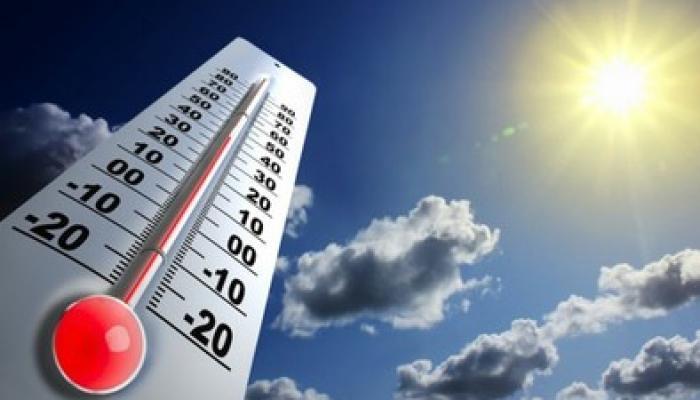The World Meteorological Organization (WMO) published its annual Global Climate Update on Wednesday, warning there is a 66 percent chance that the average annual temperature near the surface between 2023 and 2027 will exceed pre-industrial levels by more than 1.5 degrees, for at least one year.
In addition, there is a 98 percent chance that at least one of the next five years, and five years as a whole, will be the warmest ever recorded.
This report does not mean that the 1.5 degree level specified in the Paris Agreement, which refers to long-term warming over many years, will be exceeded permanently.
However, said the Secretary General of the WMO, Petteri Taalas, we warn that we will temporarily exceed that level with increasing frequency.
He explained that warming caused by El Niño, combined with human-induced climate change, is expected to occur in the coming months, with far-reaching repercussions for health, food security, water management and the environment, for which he called to be prepared.
Global average temperatures are expected to rise, moving further and further away from the usual climate, said the senior scientist at the institution that led the report, the Met Office.
Between 2023 and 2027, the average annual global temperature near the surface may be between 1.1 and 1.8 degrees, higher than the average of 1850-1900, a mark taken as a reference because it was prior to the emission of greenhouse gases, from human and industrial activities.
Meanwhile, the predicted precipitation patterns from May to September of that same period, compared to the 1991-2020 average, suggest an increase in rainfall in the Sahel, northern Europe, Alaska and northern Siberia, and a reduction in the Amazon region and parts of Australia.
ef/mgt/crc










